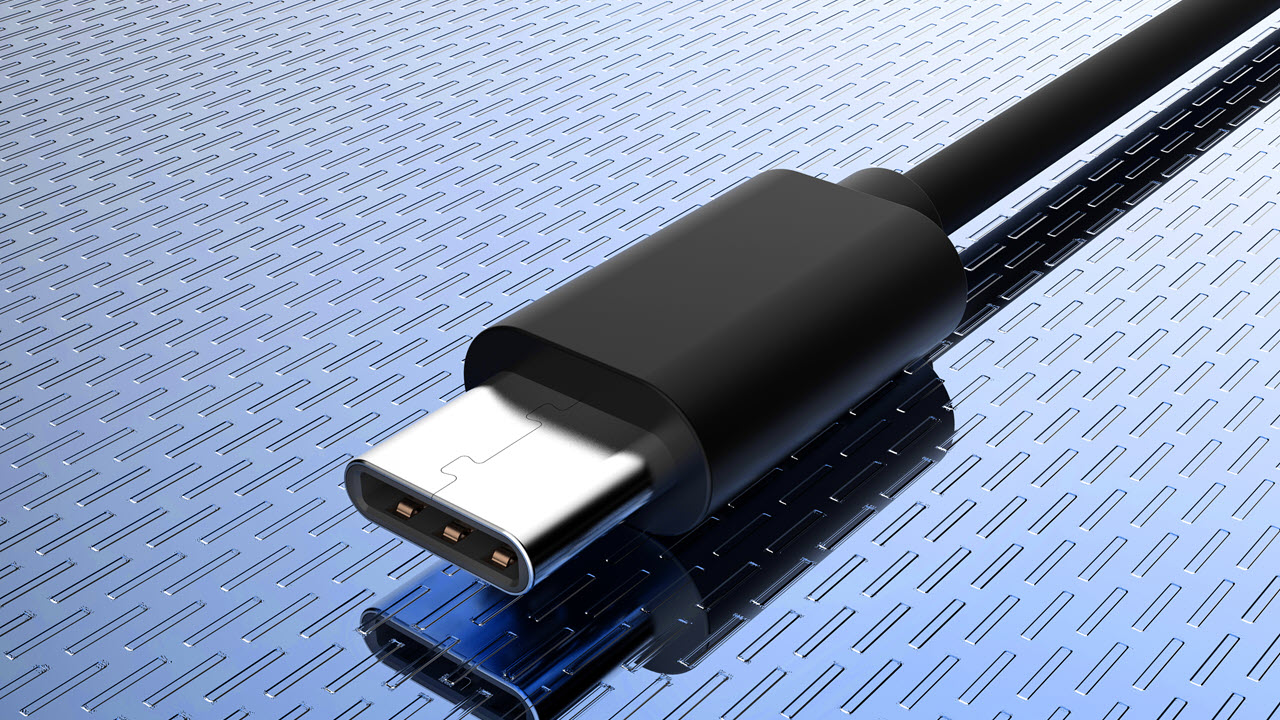

But you can’t get the full throughput supported by USB 3.0 unless all devices and cables/connectors use the newer standard. In other words, you can connect USB 2.0 and USB 3.0 devices and they’ll still work just fine. One of the great things about USB standards is that they are, for the most part, backward-compatible. And while USB 2.0 can only provide a maximum of 500 mA of current to power devices, USB 3.0 can provide as much as 900 mA of current and is able to conserve power when it’s not being used. USB 3.0 uses two different, dedicated one-way paths, so data can be sent and received at the same time. USB 2.0 only provides one-way transmission, meaning that at any given time data is either being sent or received through the cable. There are two more differences between 2.0 and 3.0 to consider. It was given the name SuperSpeed+ and is still the “gold standard” today. USB 3.0 was also known as SupeIncremental changes in the versions were made before new standards were released, which is why you’ll see references to names like “USB 1.1.” The most recent change came in 2013 when USB 3.1 was introduced it can handle transfer speeds up to 10 Gbps, twice as fast as USB 3.0. USB 3.0 debuted in that year, and it could transfer data ten times faster than USB 2.0, at speeds up to 5 Gbps. By 2008 a speed of 480 Mbps wasn’t high speed at all, and a new standard was created to handle the ever-increasing need for faster data transfer. With technology advancing at a rapid rate, “hi-speed” was really just a relative term. USB 3.0 was also known as SuperSpeed, to differentiate it from the optimistically-named “hi-speed.”


 0 kommentar(er)
0 kommentar(er)
